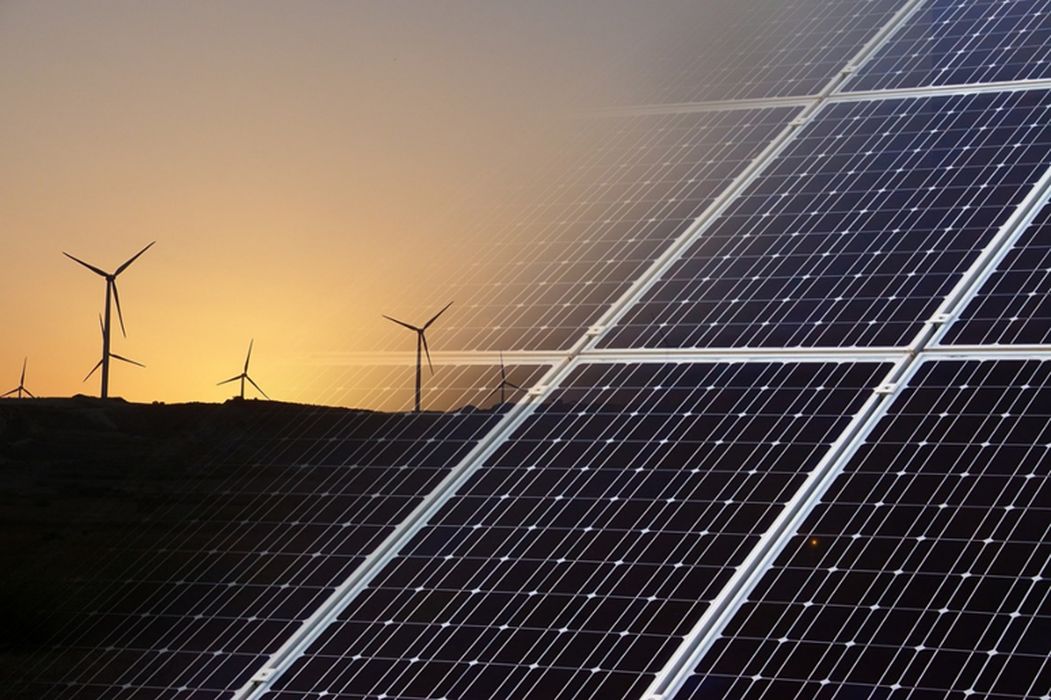
Charles R. Goulding and Preeti Sulibhavi examine the year following the exactment of the Inflation Reduction Act and the CHIPS and Science Act, specifically manufacturing projects in clean teach.
A year has passed since the US enacted the Inflation Reduction Act (IRA) and the CHIPS and Science Act providing more than US$400 billion in tax incentives aimed at jump-starting a domestic cleantech and semiconductor supply chain. In an August 17, 2023, article, the Financial Times identified more than 110 large-scale manufacturing projects incentivized by this legislation. The Financial Times recognized US$224 billion in projects with promises to create 100,000 jobs. In this blog we are focusing on new clean tech projects and 3D printing.
Solar Plants
A major development is the construction of US solar plants to supplant China’s historical monopoly lock on this industry.
Maxeon Solar is building a US$1 billion plant in Albuquerque, New Mexico. First Solar is building a US$1.1 billion 5th facility in Louisiana. Hanwha Q Cells is building a US$2.5 billion plant in Georgia.
The IRA rewards large solar photovoltaic (PV) products with extra tax credits and or equivalent direct payment to state and local governments and nonprofits if the panels meet domestic content requirements. Solar projects require numerous fasteners and other components that can be 3D printed.
Wind Projects
Wind projects are currently experiencing substantial escalating cost challenges. Wind projects are very expensive, and the Inflation Reduction Act provides large tax credits. The IRA for the first time allows commercial project owners to transfer their wind and all other alternative energy tax credits to another taxpayer. Bank of America just announced the first wind tax credit transfer for US$580 million. Wind projects can utilize a variety of 3D printing applications including cement for offshore drilling platforms, turbine blades and turbine components.
Geothermal and Combined Heat and Power (CHP)
Our energy practice is seeing a market increase in geothermal and CHP projects. These are very efficient proven technologies. The IRA increases the available tax credits from 10% to 30% percent or more for these projects. In addition, when used in building these technologies typically generate US$5.36 per square foot in Section 179D tax incentives. These technologies require pumps, filters and valves which can be 3D printed.
Conclusion
It’s remarkable to see over US$200 billion in projects move forward in a year. The 3D printing industry should be aware of these developments and participate in the process.
